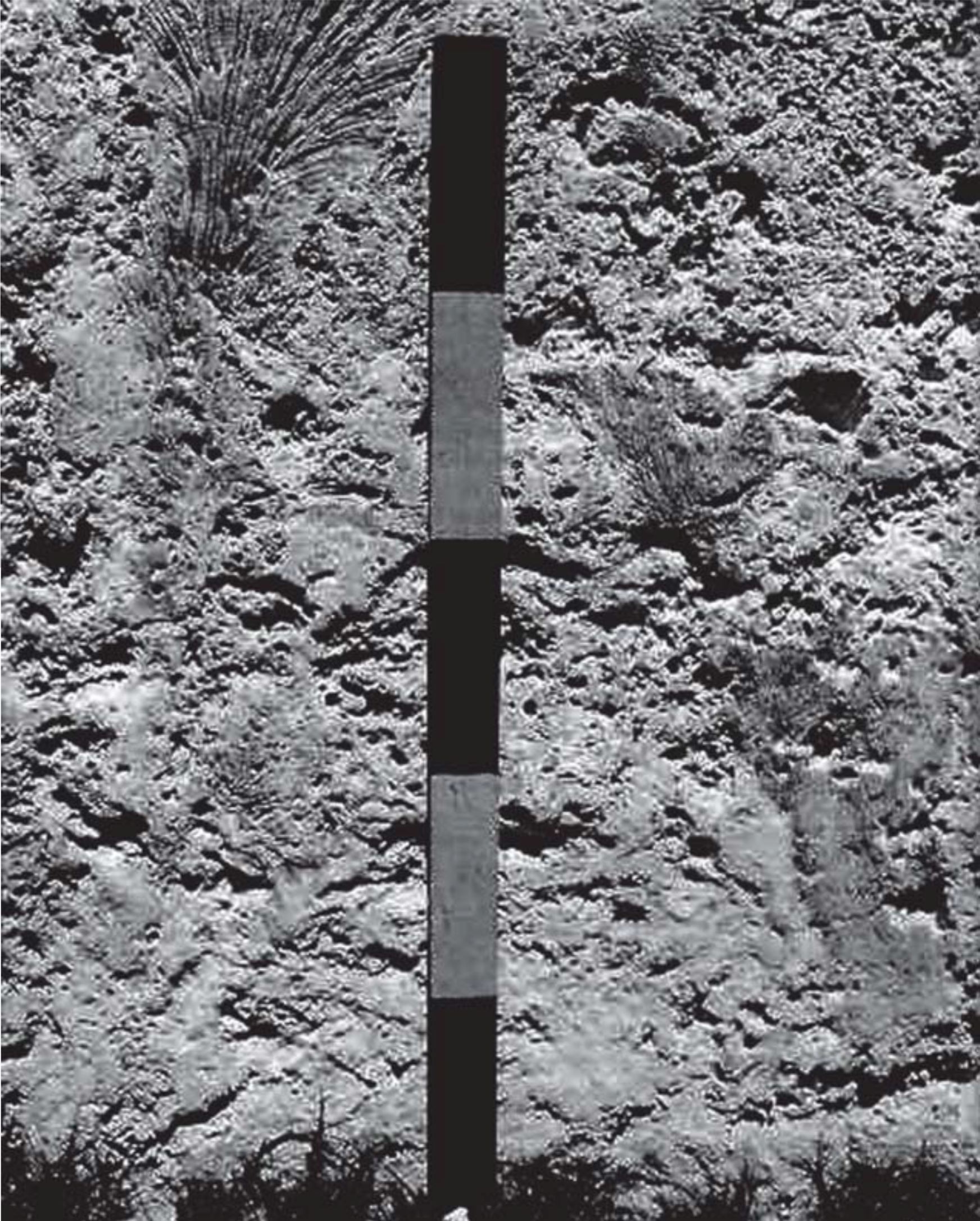

The stops for this field trip ranged from south Miami-Dade County to the most northerly exposure in central Broward County.

Differential weathering, or selective cementation, is visible in 2 cm couplets, with the well-cemented layers being more resistant. The cross-bedding throughout the formation is differentially weathered. At the southernmost locale, Ingraham Park, the bioturbated facies is on the bottom, then a section of cross-bedding, with a final bioturbated section at the top of the formation. The stratigraphic sequence throughout the formation is alternating sections of the two faces. The oolitic facies can be further divided into a cross-bedded and a bioturbated facies. The bryozoan facies is comprised entirely of one species, Schizoporella floridana (Osburn 1914. The formation has two distinct facies - an eastern oolitic facies that form the Atlantic Coastal Ridge, and the bryozoan facies to the west, in the Everglades. Rainwater at this time flowed through the pore spaces allowing calcite to precipitate around the grains and formed the indurated rock (Halley and Evans). Sub-aerial exposure of the deposits occurred during the lowering of sea level during the Wisconsian. Osmond, Carpenter, and Windom (1965) and Broecker and Thurber (1965) through uranium-series dating concluded that the Miami Limestone is about 130,000 years old. The formation was deposited during the Sangamon interglacial and Wisconsin glacial stages as a narrow band of oolitic carbonate in a north-south trending barrier bar system along the eastern portion of present day Miami-Dade and Broward counties. The Miami Limestone, formerly known as the Miami Oolite (Sanford 1909), is one of three distinct Pleistocene rock formations in southeastern Florida.

Virtual Field Trip of Selected Exposures of the Miami Limestone Miami-Dade & Broward counties, Florida


 0 kommentar(er)
0 kommentar(er)
